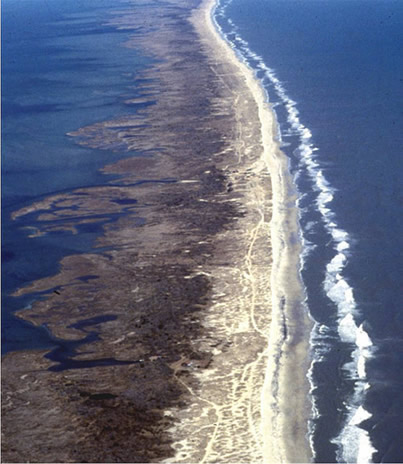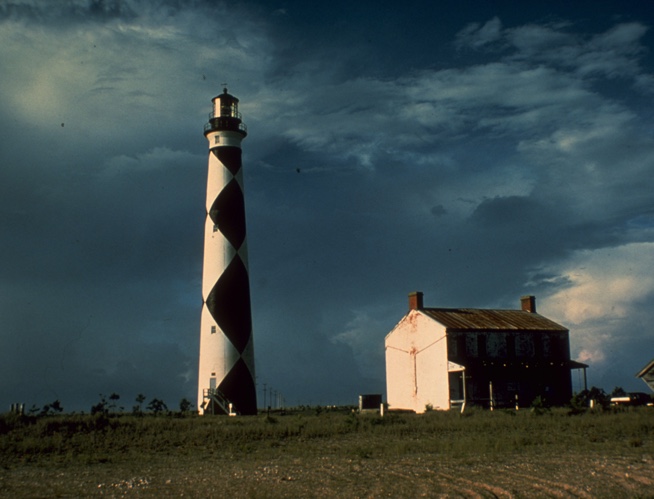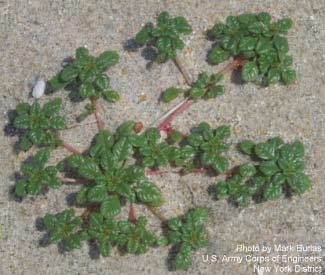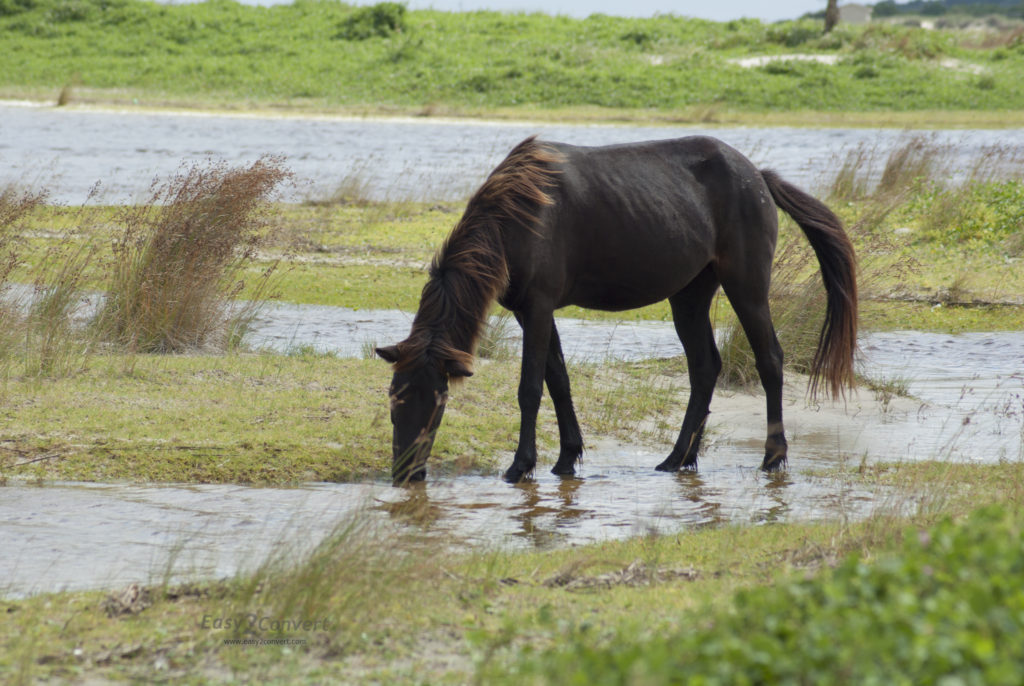The outer banks of North Carolina are home to two national seashores. The northern one, Cape Hatteras National Seashore, is well known and heavily visited. The other, Cape Lookout National Seashore, whose establishment we celebrate today (March 10, 1966), is exactly the opposite—not well known and not heavily visited.

Why? Because Cape Lookout is entirely undeveloped. The park stretches along 56 miles of North Carolina’s famous barrier islands, starting from Ocracoke Inlet, where Cape Hatteras National Seashore ends, and ending near Beaufort, North Carolina. It includes just over 28,000 acres of beaches, forests, wetlands and tidal lagoons. The entire park is accessible only by boat, and there are virtually no recreational facilities in the park. No hotels, restaurants, roads—nothing to offer but nature and history. It is considered one of the finest undeveloped coastal ecosystems remaining in the United States. How nice.
Go back about two hundred years, however, and the area now known as Cape Lookout was an important place. Portsmouth Village, at the very north end of the park, was established in 1753, the first village on the outer banks. It became a major port where the cargo of large, heavy ocean-going ships was transferred to smaller, shallow-draft boats that could carry the cargo to shore (a process known as “lightering”). In 1842, about 4 vessels docked there every day, and two-thirds of North Carolina’s exports headed out to sea from Portsmouth Village. But the Civil War and a series of battering hurricanes drove people off the islands. Today, Portsmouth Village remains as an historical relic of earlier times.

A lighthouse still operates towards the southern end of the park, where the barrier islands take a sharp westerly turn toward Beaufort Inlet. The first wooden lighthouse was built in 1812, and the current 163-feet-high brick lighthouse was built in 1859. The distinctive black and white diamond pattern of the lighthouse is an unmistakable beacon for the park.

The fundamental reason to visit Cape Lookout, however, is to enjoy nature. The absence of bridges to the islands and roads through them means visitation is relatively low—visitors to Cape Lookout number about 400,000 per year, only about 15% of those who visit Cape Hatteras. The islands are a haven for wildlife, especially for birds—more than 250 species call Cape Lookout home, at least some time during the year. Four species of sea turtles swim in the waters of the park, and loggerhead turtles nest on the parks beaches in the summer. One endangered plant—the sea beach amaranth—lives in the park, along with several endangered birds.

Of particular interest is the wild horse population found on the southernmost island, Shackleford Banks. Scientists believe the horses originated from Spanish sailing ships that either broke apart during storms or needed to lighten their cargo to free themselves from sand bars. Now, several centuries later, the horses comprise a self-sustaining wild population. The National Park Service monitors the population intensely, with the goal of maintaining the total size at 120-130 individual horses (currently, the number is about 120).
References:
Americas Best History. Cap Lookout National Seashore. Available at: https://americasbesthistory.com/abh-capelookout.html. Accessed March 5, 2019.
National Park Service. Cape Lookout National Seashore, North Carolina. Available at: https://www.nps.gov/calo/index.htm. Accessed March 5, 2019.
National Park Service. 2017. Cape Lookout National Seashore, Shackleford Banks Horses, 2017 Annual Report. Available at: https://www.nps.gov/calo/learn/management/upload/Annual-Horse-Findings-Report-2017-Final_accessible_rev.pdf. Accessed March 5, 2019.
Stick, David. 2006. Cape Lookout National Seashore. NCpedia. Available at: https://www.ncpedia.org/cape-lookout-national-seashore. Accessed March 5, 2019.
